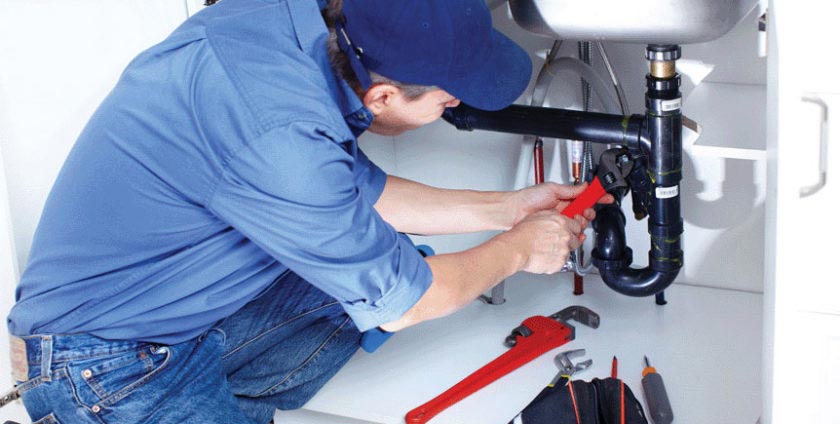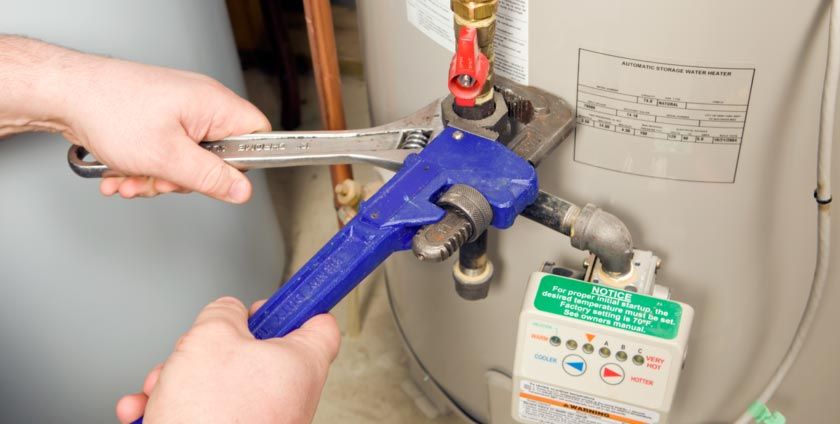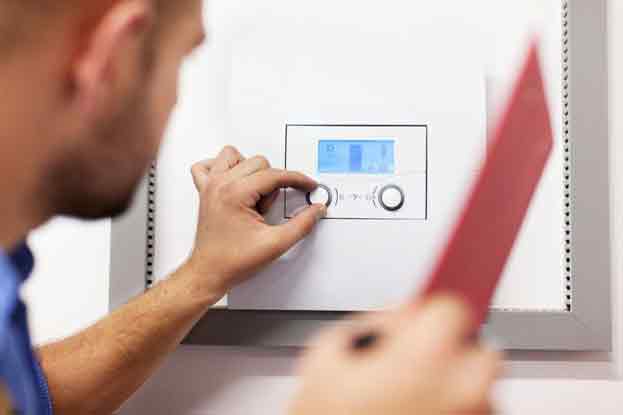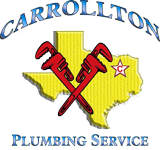THINGS TO CONSIDER BEFORE HIRING A PLUMBING CONTRACTOR?

How to pick a plumber
There are many types of plumbing problems. Some are pretty straightforward like a drain that is clogged or a faucet that leaks. Others may be more intricate like replacing a pipe or mounting a sink. Simple or complex, however, a plumbing problem can be stressful. Fortunately, you can always hire a skilled plumber to address the problem. Before hiring a plumber, however, it is worth your while to consider several essential things to make sure that you are putting your plumbing system in capable hands.
License
Does the plumbing service have the appropriate licensing, certification, and insurance to practice in your state? A license confirms a plumber’s qualifications. It also assures you that your interests remain protected in the event that something goes awry with the job.
Experience
How many years have they been in service? Experience is important. It means that the plumber can correctly assess what needs to be done and do it fast and efficiently. An inexperienced plumber, even if he is licensed, is not likely to do the same job as fast and as thoroughly as an experienced plumber does.
Cost
How much will it cost you to hire their services? This may be a delicate consideration. Plumbers with solid experience and commendable reputation may charge higher than their less proficient counterpart. However, make sure that the fees are fair and competitive before you engage a plumber's services.
A professional plumber will visit your home, assess the problem, and make a free estimate of how much it will cost to fix it. Make sure to ask whether the estimate includes labor, materials, and other contingencies. Are the charges based on a flat rate and are therefore not going to increase later if additional labor is required? Or are they based on an hourly rate which may prove costly if the task is likely to run far longer than first estimated?
Is after-work cleanup incorporated in the price quotation? Some plumbing services ask extra pay for cleaning up when they finish the job. Confirm this beforehand so you are able to make a well-considered decision.
Warranty
Is the plumber ready to stand behind his work? If he is, he will readily offer a guarantee on the work that he does.
Can he provide a written agreement covering guarantees? Will he redo the job if something goes wrong or should problems arise? An agreement that covers this possibility will ensure that you will not be charged for further work should there be complications.
Insurance
Ask whether the employees of the plumbing service you are considering have liability insurance and workers compensation. The insurance assures you that should a plumber incur injury while working in your home, you will not be held accountable for medical expenses and other related bills. Should there be damages incurred in your home in the process of addressing the plumbing problem, the insurance will cover the cost of related repairs.
References
It is prudent to ask for references. A reputable plumber will readily give you references to vouch for his work. Hiring an excellent plumber may take some effort. If you know what areas to consider, however, you have better chances for picking a qualified, reliable, and efficient plumber.
Visit to https://www.carrolltonplumbingservice.com if you want to find out more about plumbing services.
The post Things To Consider Before Hiring A Plumbing Contractor? appeared first on Carrollton Plumbing Service.




 972-820-0565
972-820-0565 ken@carrolltonplumbingservice.com
ken@carrolltonplumbingservice.com





